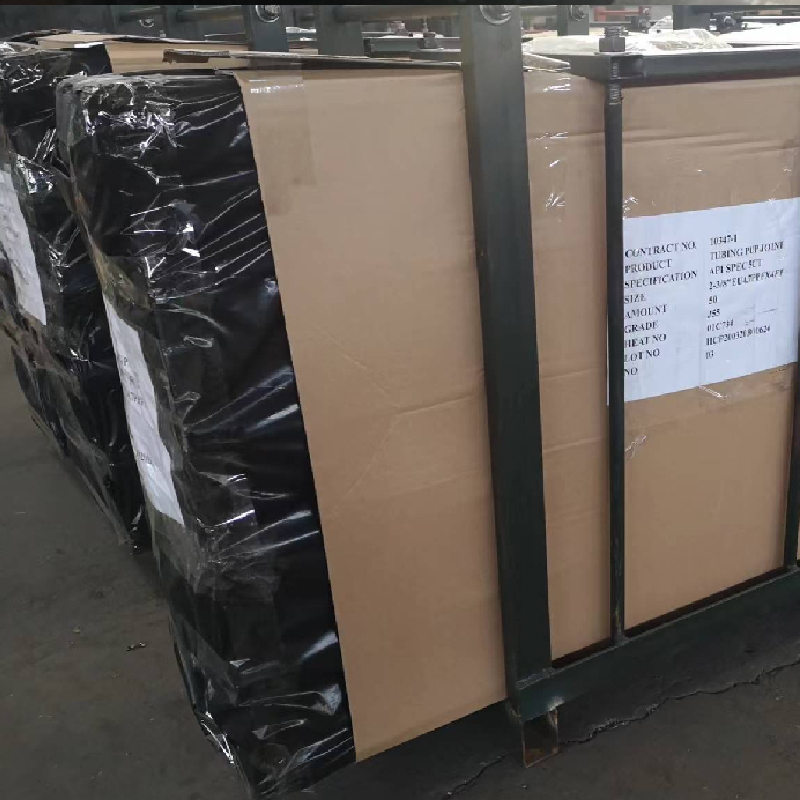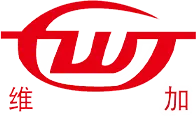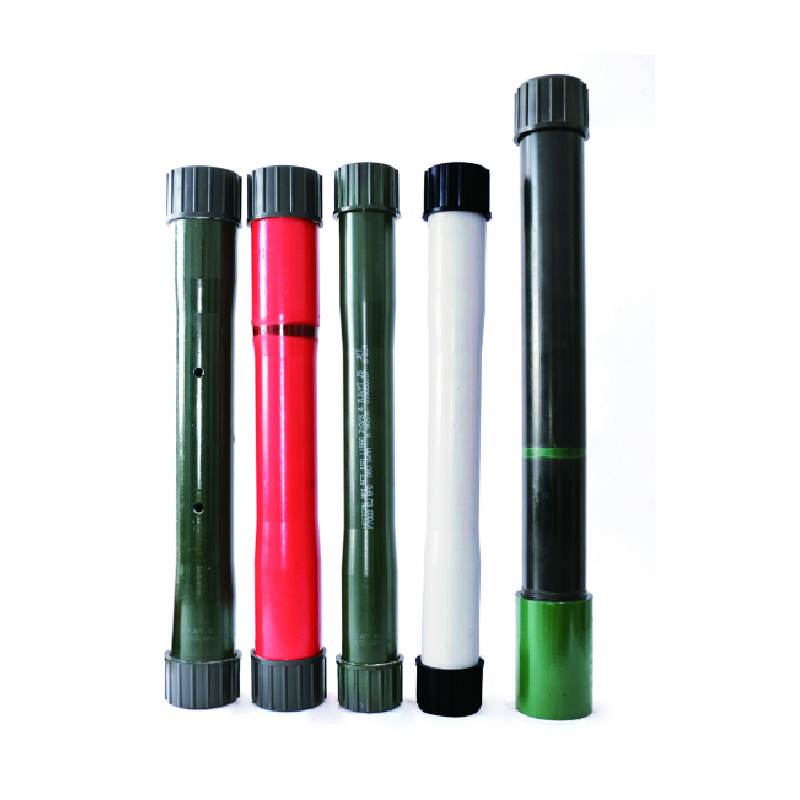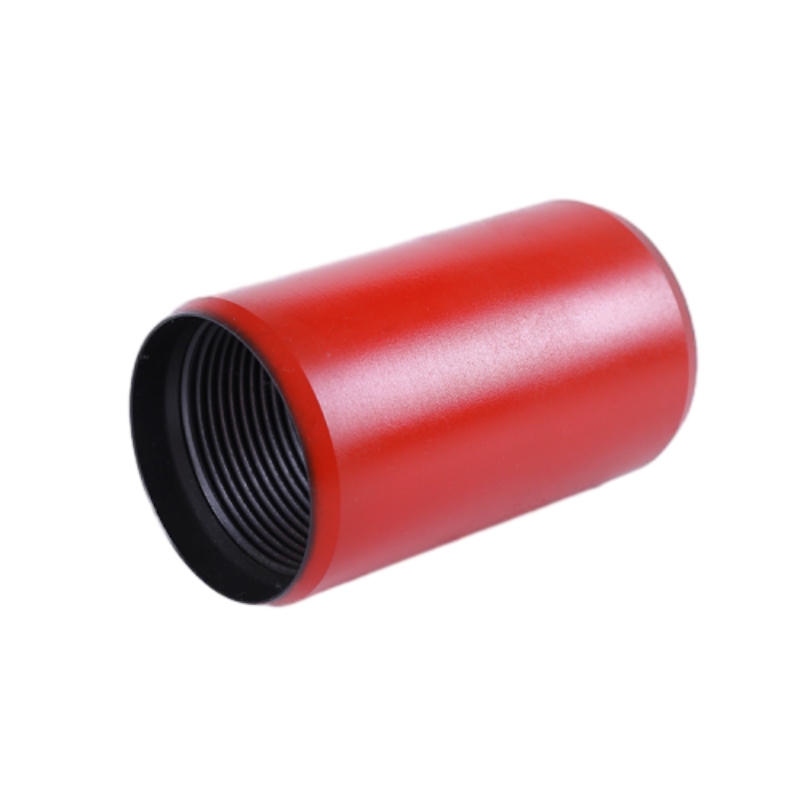- Afrikaans
- Albanian
- Amharic
- Arabic
- Armenian
- Azerbaijani
- Basque
- Belarusian
- Bengali
- Bosnian
- Bulgarian
- Catalan
- Cebuano
- Corsican
- Croatian
- Czech
- Danish
- Dutch
- English
- Esperanto
- Estonian
- Finnish
- French
- Frisian
- Galician
- Georgian
- German
- Greek
- Gujarati
- Haitian Creole
- hausa
- hawaiian
- Hebrew
- Hindi
- Miao
- Hungarian
- Icelandic
- igbo
- Indonesian
- irish
- Italian
- Japanese
- Javanese
- Kannada
- kazakh
- Khmer
- Rwandese
- Korean
- Kurdish
- Kyrgyz
- Lao
- Latin
- Latvian
- Lithuanian
- Luxembourgish
- Macedonian
- Malgashi
- Malay
- Malayalam
- Maltese
- Maori
- Marathi
- Mongolian
- Myanmar
- Nepali
- Norwegian
- Norwegian
- Occitan
- Pashto
- Persian
- Polish
- Portuguese
- Punjabi
- Romanian
- Russian
- Samoan
- Scottish Gaelic
- Serbian
- Sesotho
- Shona
- Sindhi
- Sinhala
- Slovak
- Slovenian
- Somali
- Spanish
- Sundanese
- Swahili
- Swedish
- Tagalog
- Tajik
- Tamil
- Tatar
- Telugu
- Thai
- Turkish
- Turkmen
- Ukrainian
- Urdu
- Uighur
- Uzbek
- Vietnamese
- Welsh
- Bantu
- Yiddish
- Yoruba
- Zulu
High-Strength Pup Joints Enhanced by GPT-4 Turbo
Pup joints—including casing pup joint, drill pipe pup joint, and pup joint drill pipe—are indispensable components across the oil & gas sector, water injection, geothermal, and metallurgical piping industries. This guide delivers a data-backed, expert-focused exploration of the latest manufacturing advancements, product specifications, case studies, and authoritative best practices to help you select and optimize pup joint solutions for long service and reliability.
1. What is a Pup Joint? Trends & Industry Demands
A pup joint is a short length of pipe with threaded connections at both ends, designed to adjust the length of tubular strings. Applications include drilling operations, casing programs, and maintenance operations. Latest trends outline increasing preference for high-strength, corrosion-resistant alloys and CNC machining precision.
- Casing pup joint: Used in casing strings to accurately position valves or accommodate exact string lengths.
- Drill pipe pup joint: Used with drill strings to fine-tune total string length for operational efficiency.
- Pup joint drill pipe: Specialized for extreme-pressure and deepwell drilling environments.
1.1 Industry Statistics & Market Size
According to Grand View Research (2023), the global oilfield equipment market—including pup joint products—is projected to reach $144.43 billion by 2030, with a CAGR of 3.4%. Demand for high-specification (13Cr-L80, API 5CT, ISO 11960) pup joints for deepwater and shale environments is rising steadily.

2. Product Structure & Key Technical Parameters
Selecting proper pup joint solutions requires deep understanding of structure, material, threading, and performance standards. Here we detail industry benchmark parameters and compare major product lines.
| Product Type | OD Range (in/mm) | Length (ft/m) | Material Grade | Connection Type | API/ISO Standard | Corrosion Resistance | Ideal Industry |
|---|---|---|---|---|---|---|---|
| Casing Pup Joint | 4.5–13.375 / 114–340 | 2–12 / 0.6–3.6 | L80, N80, J55, 13Cr | API LTC/STC/BTC | API 5CT, ISO 11960 | High (up to 13Cr, CRA) | Oil & Gas, Pipeline |
| Drill Pipe Pup Joint | 2.375–6.625 / 60–168 | 2–10 / 0.6–3.0 | E75, G105, S135 | NC26, NC38, IF | API 5DP, DS-1 | Medium-High | Drilling/Workover |
| Pup Joint (Stainless) | 1.9–9.625 / 48–244 | 2–12 / 0.6–3.6 | 304, 316, Duplex | Premium/Buttress | API, ANSI, ISO | Highest (Duplex, CRA) | Chemical, Water, Geothermal |
3. Manufacturing Workflow: From Raw Materials to Finished Product
Pup Joint Manufacturing Process Overview
- Material Selection Steel Billet/CRA
— Choose certified steel grades (e.g., API 5CT L80, J55, N80, 13Cr) to match chemical/temperature demands. - Forging/Hot Rolling
— Form cylindrical blanks through hot rolling or open-die forging (ISO 11960 compliance). - CNC Machining
— Precision mill the OD, ID, and thread profiles with multi-axis CNC lathes; ensures tight tolerance (<0.1mm). - Threading API/LTC/STC/BTC
— Cut and gauge threads per API 5B/5CT; employ dope-free options upon client request. - Heat Treatment
— Control quenching/tempering for toughness, fatigue and corrosion resistance. - Surface Treatment
— Apply phosphate coating, internal plastic coating (IPC) or zinc layer for enhanced anti-corrosion. - NDT Inspection
— Perform UT, MPI, and hydro-testing (per ISO 9001/API Q1) to guarantee integrity and pressure resistance up to 10,000 psi. - Final Quality Control
— Full-length gauging, documentation, final marking & packing.

3.1 Key Material Properties & Testing Standards
- API 5CT, ISO 11960 Compliant: Ensures interchangeability, traceability, and safety for upstream/offshore applications.
- Corrosion-Resistant Alloy (CRA): Used for sour environments (H2S/CO2-bearing wells), e.g., 13Cr, Inconel 625.
- Fatigue & Pressure Testing: Full-cycle testing, hydro-pressure up to 10,000 psi.
4. Typical Application Scenarios & Technical Advantages
Pup joint versatility spans conventional, shale, and geothermal wells, process plants, urban water supply, and beyond. Their technical superiority translates into measurable operational savings and safety.
- Oilfield Wells: Enables precise positioning of valves, packers, and tools (casing/production/drill pipe setups).
- Petrochem/Refinery: Connects short runs and custom connections in complex process lines.
- Urban Water Supply: Corrosion-resistant pup joints (304/316L) function as connector pipes and service joints below grade.
- Emergency Repairs: Expedites pipeline repairs/replacement without major overhauls.
- Geothermal Injection: Withstands high-thermal cycling and aggressive water chemistry.
Case Study: Middle East High-Pressure Acid Gas Project
Casing pup joints (13Cr, 8-5/8", BTC, 4ft) supplied and validated for a major oil operator faced H2S/CO2 exposure (>5.0%) at 7,400 psi bottom-hole pressure and 110°C.
Results: Zero joint failures over 3 years, cost savings of $52,000 from reduced downtime and minimal intervention, verified by API 5CT test reports.
- Client: ADNOC; Certification: API, ISO 9001, ISO 11960
- Service: Customized length, dopeless connections, expedited 17-day delivery
5. Technical Data Visualization
6. Manufacturing Excellence: Casing Pup Joint by WJPETROLEUM
Casing pup joint is offered by leading manufacturers such as WJPETROLEUM, standing out with advanced forging-line automation, digitalized CNC control, and stringent ISO/API-compliant quality controls.
| Spec | Range 1 | Range 2/3 (Custom) |
|---|---|---|
| Outer Diameter (in) | 4.5–13.375 | 6.625–20 |
| Length (ft) | 2–6 | 7–12 |
| Material Grade | L80, N80, J55 | 13Cr, C90, Q125 |
| Thread Type | LTC, STC, BTC | Premium/Buttress |
| End Finish | Plain/Threaded | Coupled |
| Certification | API 5CT/ISO 9001 | API Q1/Custom |
| Surface Treatment | Phosphate, IPC | Zinc/Custom Coat |
Quality Credentials & Certifications
- API 5CT, API Q1, ISO 9001-2015, ISO 11960 certified
- 10+ years service for Sinopec, ADNOC, Shell, PETRONAS
- Enhanced traceability & full digital MTR reports
7. OEM/ODM Customization & Delivery Capabilities
As an industry-preferred supplier, WJPETROLEUM provides:
- OEM/OEM tailoring—Any length, OD, threading per client well program
- Alloy upgrades—Hi-Ni, Inconel, 22Cr Duplex for severe environments
- Express lead times: 9–17 days batch delivery; worldwide DDU/DAP options
- In-house hydro/UT/MT/NDT & product traceability for every piece
Recent Projects
- 2023: 230+ casing pup joint assemblies for North America shale (L80, 5.5”–7”, threaded/coupled, sour service)
- 2022: Custom 12Cr tubing pup joint for Siberia geothermal, rapid cycle fatigue loading simulations (verified by DNV)
- 2021: Stainless (316L) waterworks pup joint module for Sydney urban project (ANZ standard, 7-day delivery)
8. Expert FAQ — Industry Terminology & Best Practice
9. Order Process, Delivery, & Support
- Inquiry → Drawing/spec approval (48h) → PI confirmation → Production start (CNC/QC tracked every step)
- Mid-process photo/video QA, optional third-party inspection (SGS, Lloyd’s, DNV)
- Delivery: 9–17 days for standard pup joint lines (express for critical repair)
- QA support: Trace reports, product passport, and digital certificates
- Warranty: 18 months or as per industry contract specification
- Support: Dedicated field engineers, 24/7 online chat, client training (remote/onsite)
10. References & Industry Resources
-
Tubing Pup Joints: Essential Components for Oil and Gas OperationsNewsJul.10,2025
-
Pup Joints: Essential Components for Reliable Drilling OperationsNewsJul.10,2025
-
Pipe Couplings: Connecting Your World EfficientlyNewsJul.10,2025
-
Mastering Oilfield Operations with Quality Tubing and CasingNewsJul.10,2025
-
High-Quality Casing Couplings for Every NeedNewsJul.10,2025
-
Boost Your Drilling Efficiency with Premium Crossover Tools & Seating NipplesNewsJul.10,2025







